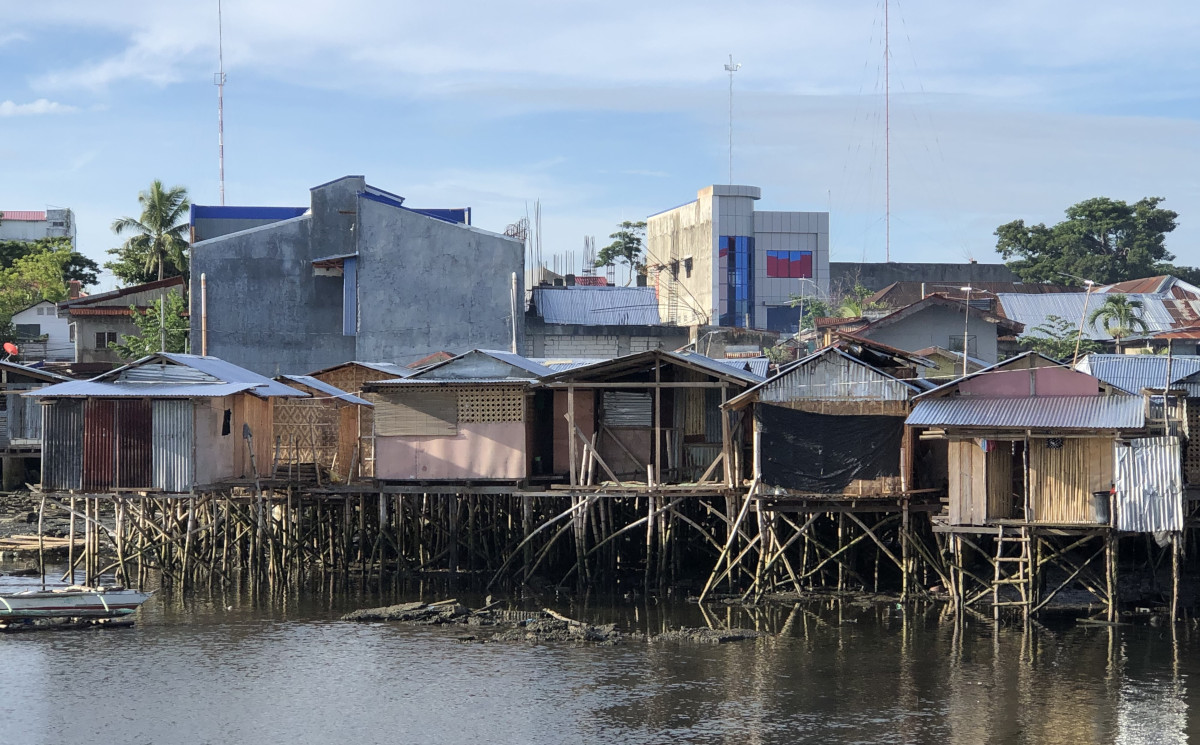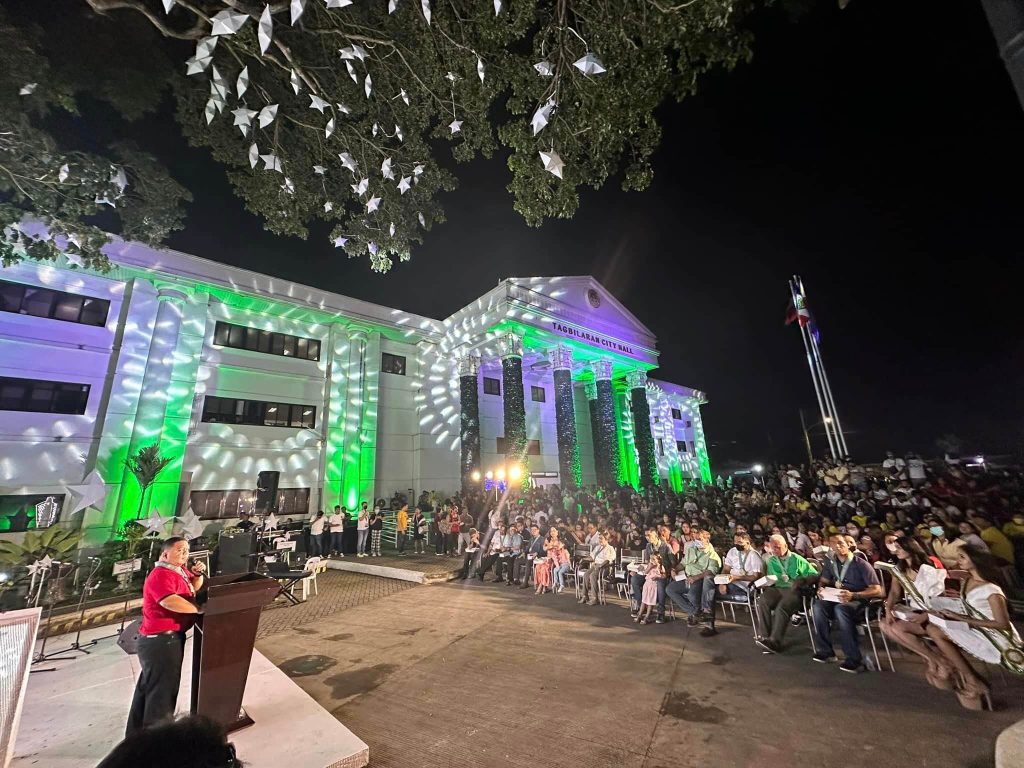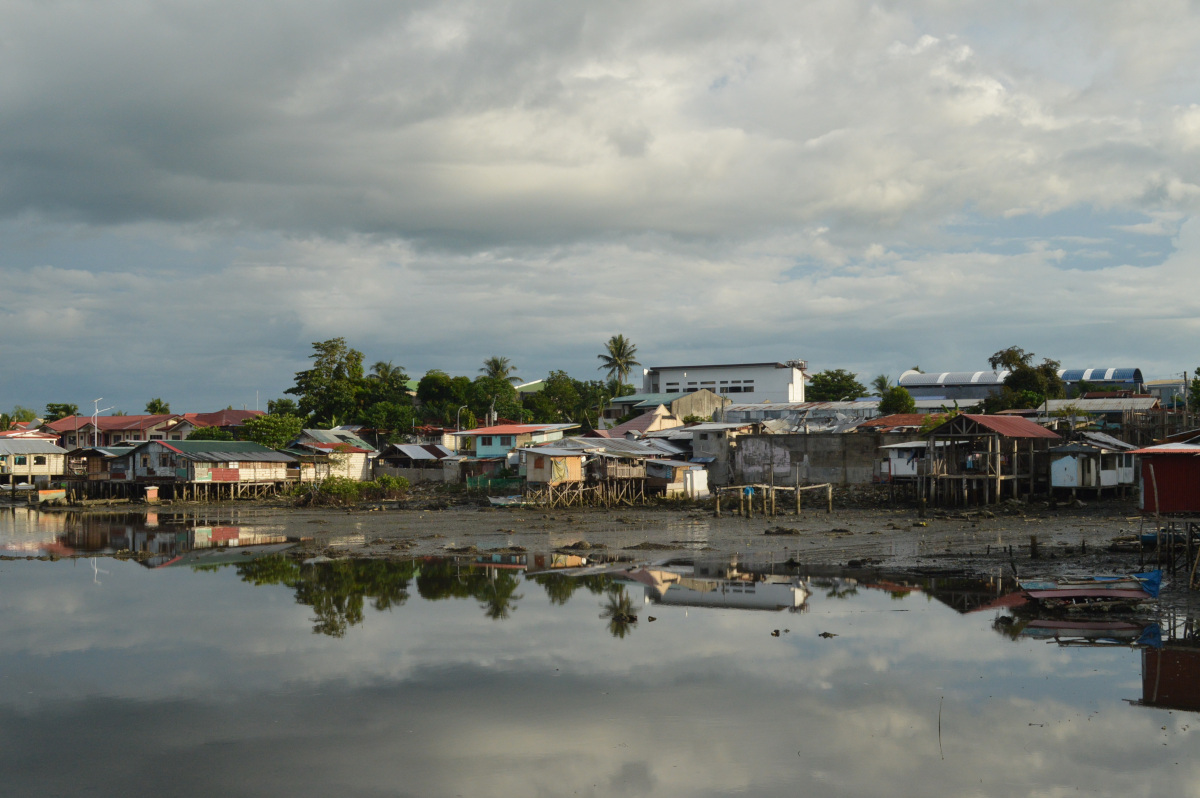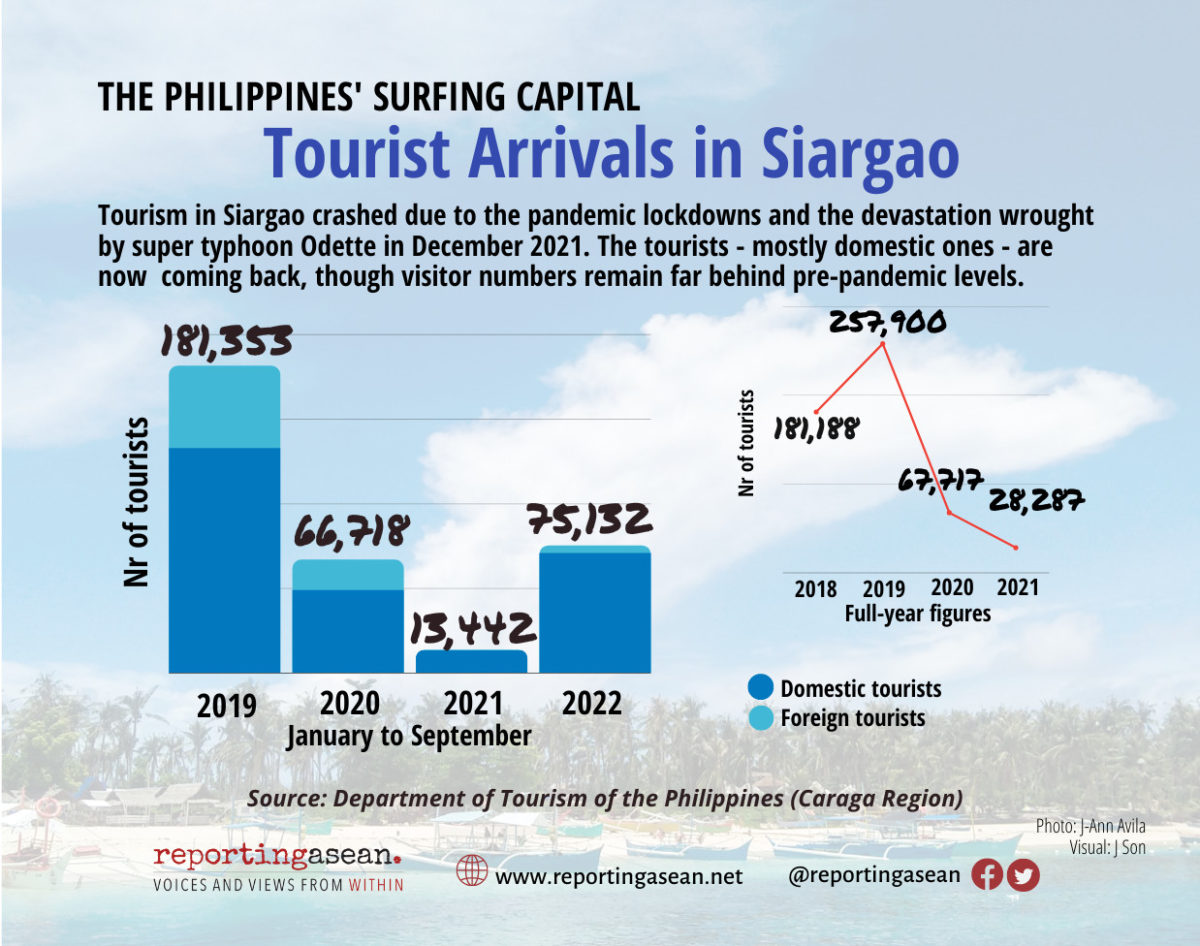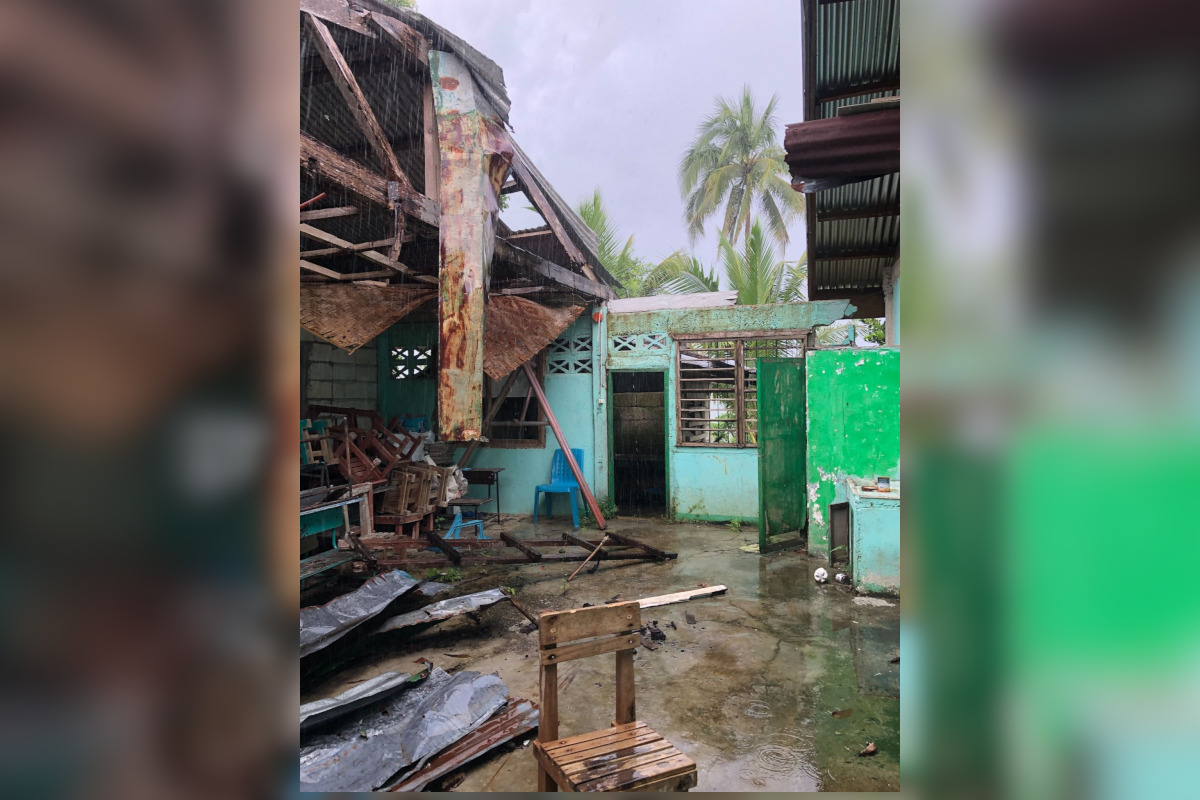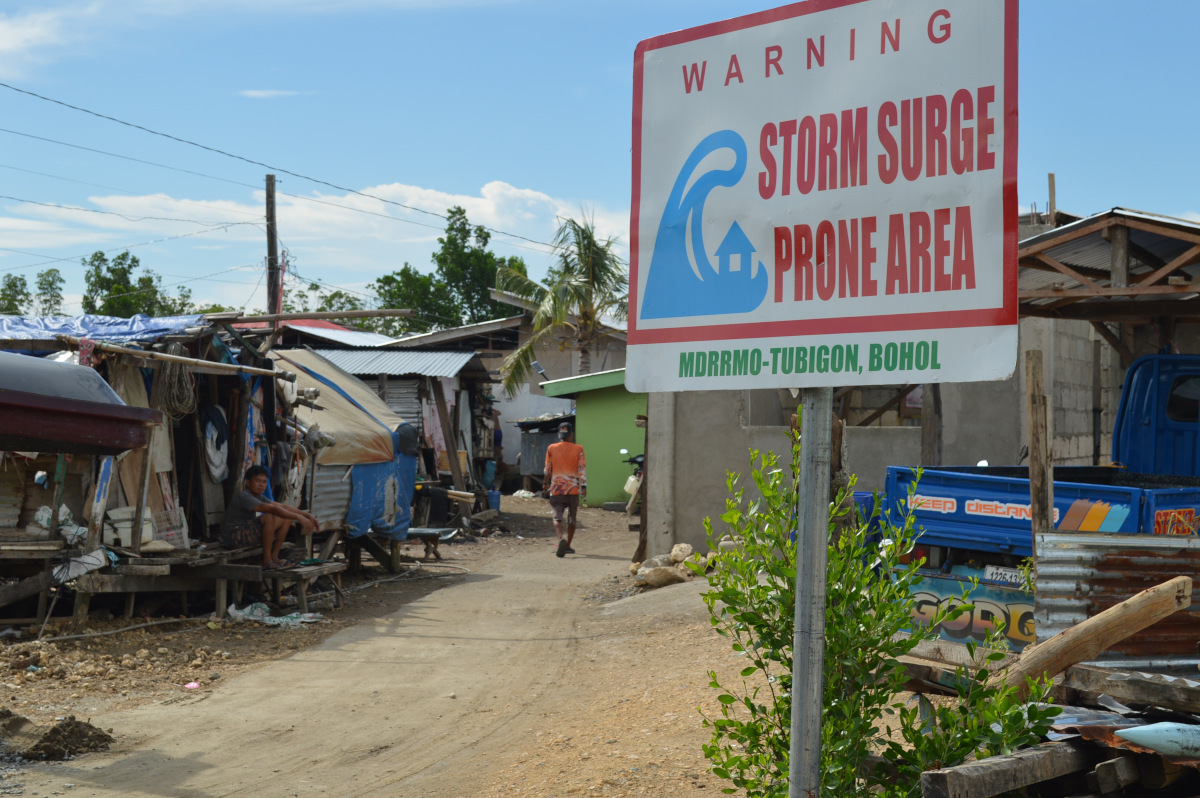Ubay, a coastal municipality 124 kilometers northeast of Tagbilaran City in Bohol, has barely recovered from the onslaught of Super Typhoon Odette nine days before Christmas last year. Yet, several families have rebuilt stilt houses along the shoreline near the port, apparently unmindful of another disaster that could again sweep away everything that they have.
While most Filipinos were eagerly preparing for Christmas last year, the people of Ubay were mourning the death of at least 14 people and gathering scraps to build temporary shelters after losing their houses to “Odette,” which struck on Dec. 16, 2021 with the equivalent of a Category 5 hurricane.
“Odette” was recorded as the 15th and the strongest storm to hit the Philippines in 2021. It registered nine landfalls, starting in Siargao Island at 1:30 p.m. and ending in Roxas, Palawan the next day before leaving the country on Dec. 18.
I had a chance to visit Ubay a few days ago as part of a group that conducted a three-day training for local journalists and information officers about post-disaster reporting. We traveled three hours from the new Bohol International Airport on Panglao Island, dubbed as the country’s first eco-airport, passing through part of the 261-kilometer Bohol Circumferential Road.
While traversing the scenic coastal highway, we saw several abandoned buildings and houses without roofs; many were beyond repair. We reached the town of Ubay late in the day. It was a drizzly Sunday afternoon.
Before the training began on Monday morning at the hotel’s third floor, I had a good view of the Ubay seaport, which is linked to the major port destinations of the neighboring provinces of Leyte and Cebu.
However, the stilt houses along the shoreline easily distract the view of the port. The dwellings have galvanized roofing sheets, some were coated with red and green paint. Those were new sheets, not scraps from their old houses that were swept away when “Odette” struck.
The next day, I walked closer to the stilt houses. Some had concrete walls, others were constructed from light materials such as sawali, or sheets of woven bamboo strips, plywood or wooden boards, and bamboo.
Several stilt houses were clustered at the mouth of an ongoing construction of access roads leading to the Ubay seaport via the reclamation area.
I asked Edemar, a vendor in the nearby public market, why her family continues to live there despite the dangers. “We have no choice,” the mother of five young children said. “We have no land.”
When “Odette” struck, Edemar and her family were taken to an evacuation center which, she said, was also destroyed by strong winds. Luckily, they all survived, but they lost everything they had. She said she would not want to experience another “Odette,” but that they have nowhere else to go.
Julita, a grandmother in her late 60s, said it would be emotionally difficult to leave the place where they grew up. But if the government would offer them relocation to build their lives again, she would convince her family to accept it.
A municipal information officer said the local government had declared the shoreline a no-build zone and that a relocation site had been identified for the families living in stilt houses.
Almost a year after “Odette,” the relocation site is not yet ready for occupancy. Meanwhile, people are still building stilt houses despite the supposed no-build zone declaration.
Browsing the internet this weekend, I stumbled upon a press release from the Bohol provincial government that on Nov. 28, the National Housing Authority (NHA) distributed an early Christmas gift to the storm-stricken families from Ubay — P10,000 cash for each family for the repair of their houses.
The report said the money was drawn from the NHA’s Emergency Housing Assistance Program and distributed to almost 500 beneficiaries, mostly from Barangay Fatima in Ubay, which was the worst hit by “Odette” in the province.
According to the Provincial Disaster Risk Reduction Management Office, more than 80,000 houses in Bohol destroyed by the typhoon need to be repaired.
The local and provincial governments should speed up the relocation of the families on stilt houses along the shoreline. They should not wait for another disaster to occur and claim more lives and destroy communities before investing in relocation sites.
Ubay is a first class municipality, the largest and most populated among the 47 towns and one city in Bohol province. It has close to 82, 000 population, according to the 2020 census.
Known as the Dairy Capital of Bohol, Ubay hosts the Philippine Carabao Center in the Visayas. It is also where a 3,600-hectare Ubay Stock Farm, said to be the oldest and largest government livestock facility in the country, is located. Its rolling terrain makes it a viable tourism site.
Ubay still has vast tracts of land that can be developed for more ventures, particularly related to agriculture. However, it needs strong political will from both the local and national leadership to first protect its people from natural and man-made disasters. The people should be spared from a bigger disaster, that is, politics.
The views in this column are those of the author and do not necessarily reflect the views of VERA Files.
This column also appeared in The Manila Times.
